Switzerland Offering Hefty Prize for Ideas on How to Recover Wartime Munitions From Lakes
Switzerland’s picturesque alpine lakes hide a dangerous secret: thousands of tonnes of munitions. For decades, the Swiss military used these waters as convenient dumping grounds for outdated and surplus ammunition. Now, the country is facing the daunting task of safely removing the submerged explosives.
In an attempt to solve the problem, the Federal Department of Defence, Civil Protection and Sport has launched a competition, offering a prize of 50,000 Swiss Francs (approximately $55,000 USD) for ideas on how to safely remove the munitions. Those interested in submitting a possible solution can do so until February 2025, with the winner(s) announced a few months later, in April.
Deadly cargo beneath Switzerland’s lakes
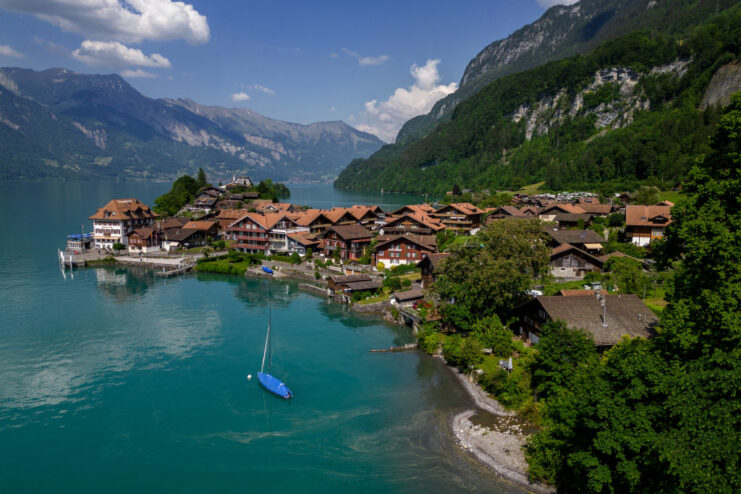
Several Swiss lakes are affected by the historical practice of munitions dumping. Lake Lucerne is estimated to contain around 3,300 tonnes of ammunition, while Lake Neuchâtel holds approximately 4,500 tonnes. Other affected bodies of water include Lakes Thun and Brienz.
The munitions were dumped between 1918-67, and consisted of various types, including problem ammunition, surplus stocks and even rejected batches from production. Some are located at depths between 150 and 220 meters, while those that were dumped in Lake Neuchatel are as shallow as six-to-seven meters below the surface.
Challenges of munitions disposal
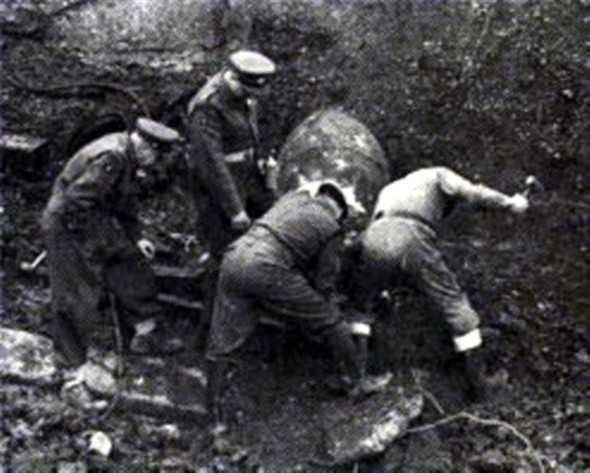
The presence of these munitions poses significant risks. Despite being underwater, there’s still a danger of explosion, as many were dumped with their fuses intact. As well, there are concerns about water and soil contamination from the toxic substances, including TNT, leaching into the environment.
Removing the munitions presents numerous challenges. Poor visibility, the magnetic properties of the ammunition, and varying sizes and weights make recovery efforts difficult. The sediment covering the munitions is also a concern; disturbing it could harm the delicate lake ecosystems by depleting already low oxygen levels at those depths.
Why were the munitions dumped?
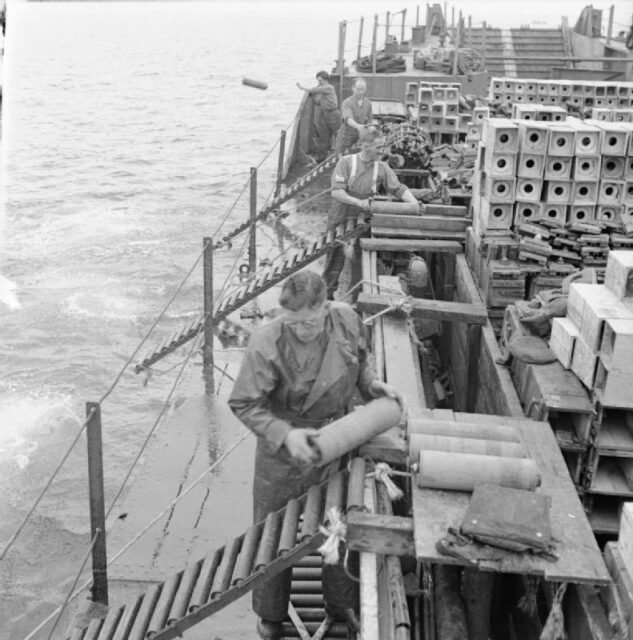
The practice of dumping munitions in lakes was once considered a safe disposal method. This belief persisted for decades, with geologists advising militaries that such measures posed no significant risks. However, newer reassessments have since revealed the potential dangers of this approach.
Switzerland’s strategy of armed neutrality, which involved maintaining a large militia, contributed to the accumulation of excess munitions. The country’s limited land area and dense population made finding suitable disposal sites challenging, leading to the use of lakes as convenient dumping grounds.
Munitions-related incidents in Switzerland
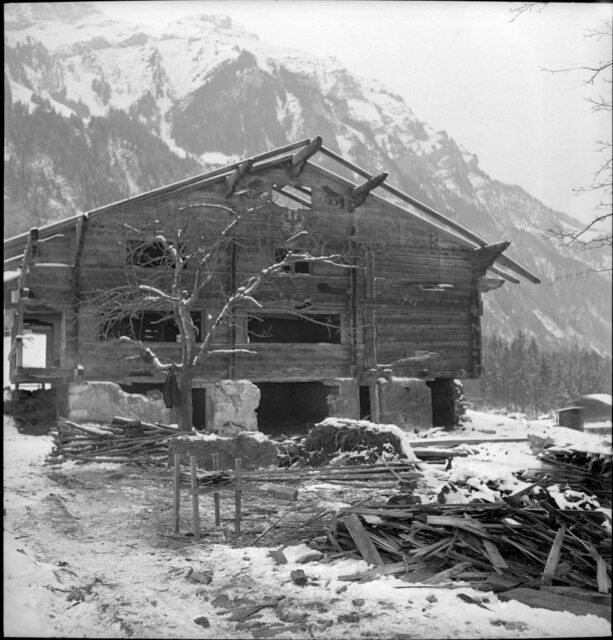
While there haven’t been major accidents directly related to the munitions dumped in the lakes, Switzerland has faced other incidents related to explosives. In 1947, a massive explosion at an underground ammunition depot in the village of Mitholz resulted in the deaths of nine people and destroyed the settlement.
Recently, the village has had to face a possible decades-long evacuation to remove any remaining munitions.
This, along with unexploded ordnance being found in receding glaciers, have heightened awareness of the risks associated with old military munitions, and it’s this increasing concern that’s prompted the government to take action on the lake disposal sites.
Seeking innovative solutions to the problem
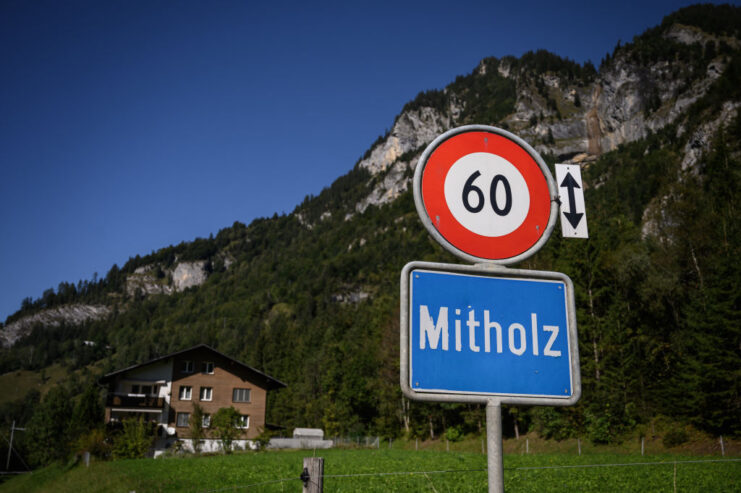
The Swiss government acknowledges that previous assessments of recovery techniques show significant risks to lake ecosystems, which is why the current competition aims to find new, innovative approaches that can safely remove the munitions without any environmental damage.
More from us: Over 400 Homes Evacuated in Northern Ireland After Discovery of World War II-Era Bomb
Want War History Online‘s content sent directly to your inbox? Sign up for our newsletter here!
While the winning ideas may not be immediately implemented, they could form the basis for further research and development. Switzerland is also looking to countries like the United Kingdom, Norway and Denmark, which have prior experience in dealing with underwater munitions from World War II, for potential guidance and expertise.
The post Switzerland Offering Hefty Prize for Ideas on How to Recover Wartime Munitions From Lakes appeared first on warhistoryonline.
Switzerland Offering Hefty Prize for Ideas on How to Recover Wartime Munitions From Lakes
Philippines Truth
Post a Comment
0 Comments